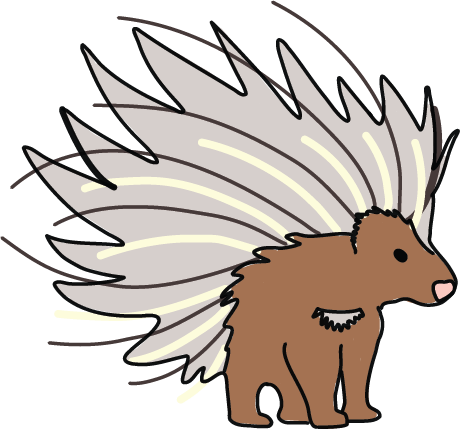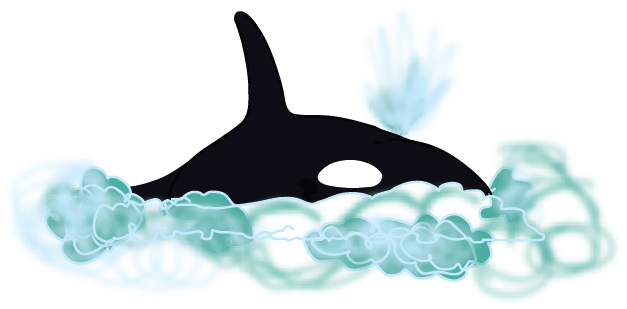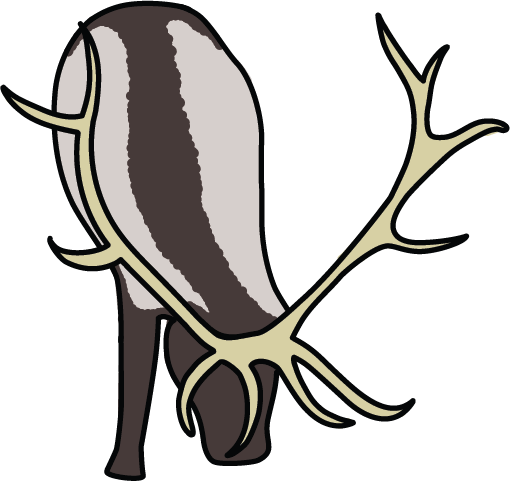Shared knowledge in action
Last updated: September 28, 2023
On this page
Introduction

There is no one way to collaborate with Indigenous communities. In this section, there are specific examples of how First Nation communities and the Government of British Columbia have come together to ensure sustainable landscapes and meaningful engagement.
Case studies
It's important to acknowledge that Indigenous Peoples in Canada are comprised of Inuit, Metis, and First Nations people. Each group has unique cultures, languages and histories.
The examples below are from First Nation communities in British Columbia. These examples explore environments and stewardship plans where First Nations perspectives are incorporated. Each First Nations community is independently governed, so collaboration and consultation are unique.
Tsútswecw (Shuswap Lake) stewardship
Shuswap Lake is in the traditional territory of the Pespesellkwe te Secwepemc and is an important body of water in B.C.'s Columbia Shuswap Region of B.C. Water quality objectives (WQOs) were developed for Shuswap Lake to promote the full protection and improvement of current water quality, and the associated water uses and values.
The water uses and values to be protected in Shuswap Lake include the cultural values of the Pespesellkwe te Secwepemc, drinking water, aquatic life, recreation and aesthetics, and wildlife. The Shuswap Lake WQOs were developed in partnership with the Pespesellkwe te Secwepemc. The Shuswap Lake Water Quality Objectives report (PDF, 1.6MB) lays out the goals and continued stewardship of the Shuswap Lake. It focuses on the health of water in relation to human consumption, but additional cultural, recreational, and environmental values are considered.
Səl̓ilw̓ət (Burrard Inlet) stewardship

The Burrard Inlet Water Quality Objectives (PDF, 1.14MB) represent a collaborative effort led by Tsleil-Waututh Nation with the Province of British Columbia. The WQOs have been co-developed between the Nation and the Province. This relationship informs the management of water quality in Burrard Inlet and protects the water values for the benefit of all.
Tsleil-Waututh (səlilwətaɬ) means “People of the Inlet”. Since time immemorial, Tsleil-Waututh people have used, occupied, governed and stewarded their territory.
Tsleil-Waututh hold a sacred, legal obligation and responsibility to protect, defend and steward the lands and waters of their territory, in accordance with Tsleil-Waututh law, for past, present and future generations. This stewardship responsibility requires restoring conditions that provide the environmental, cultural, spiritual and economic foundation for Tsleil-Waututh people to thrive.

